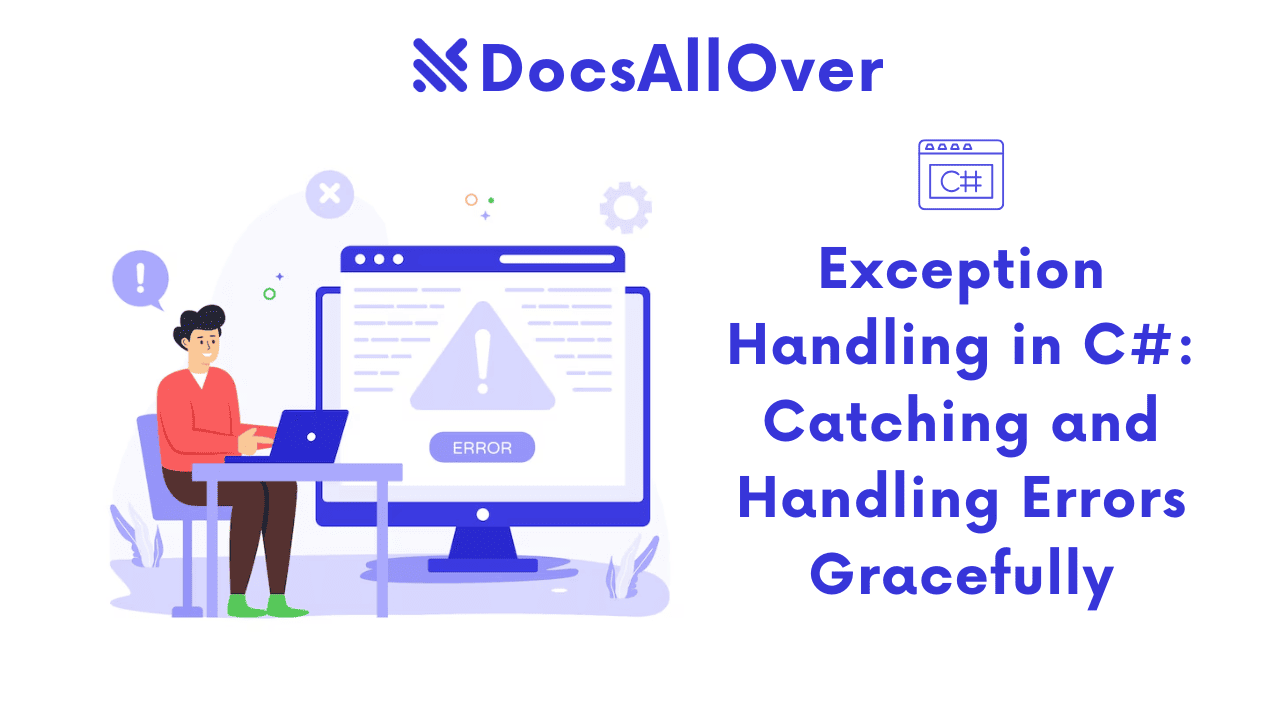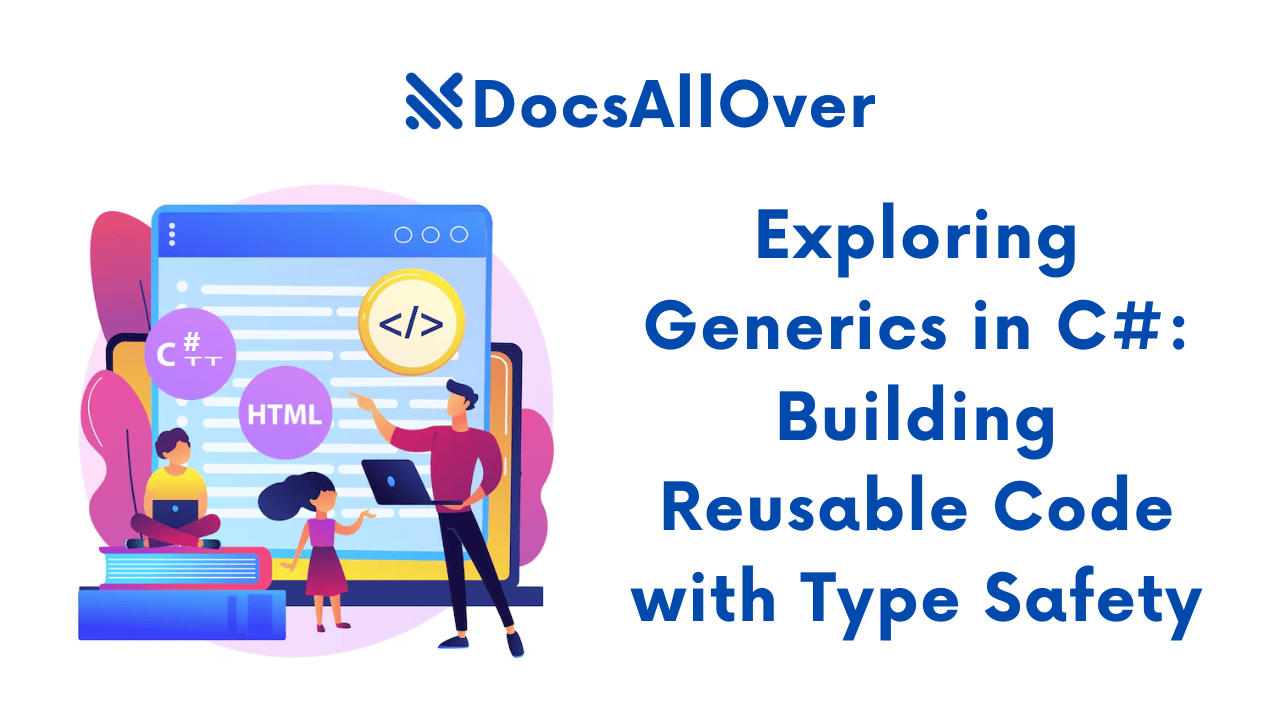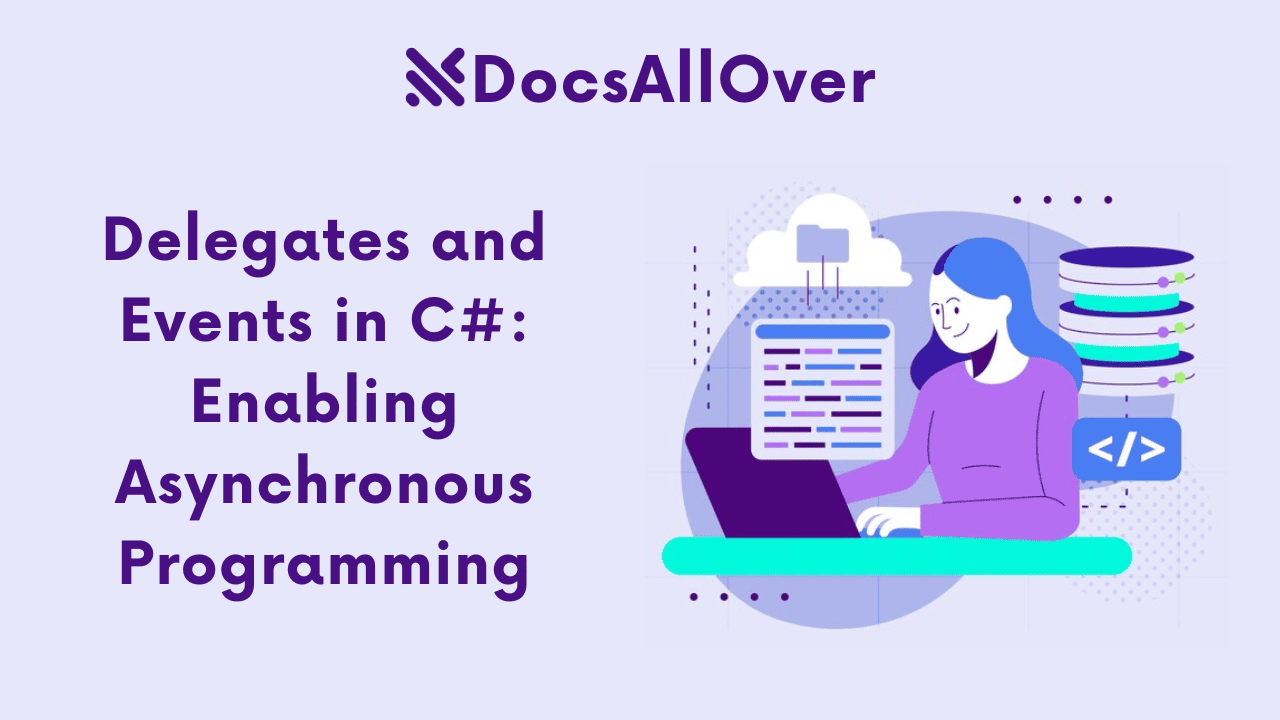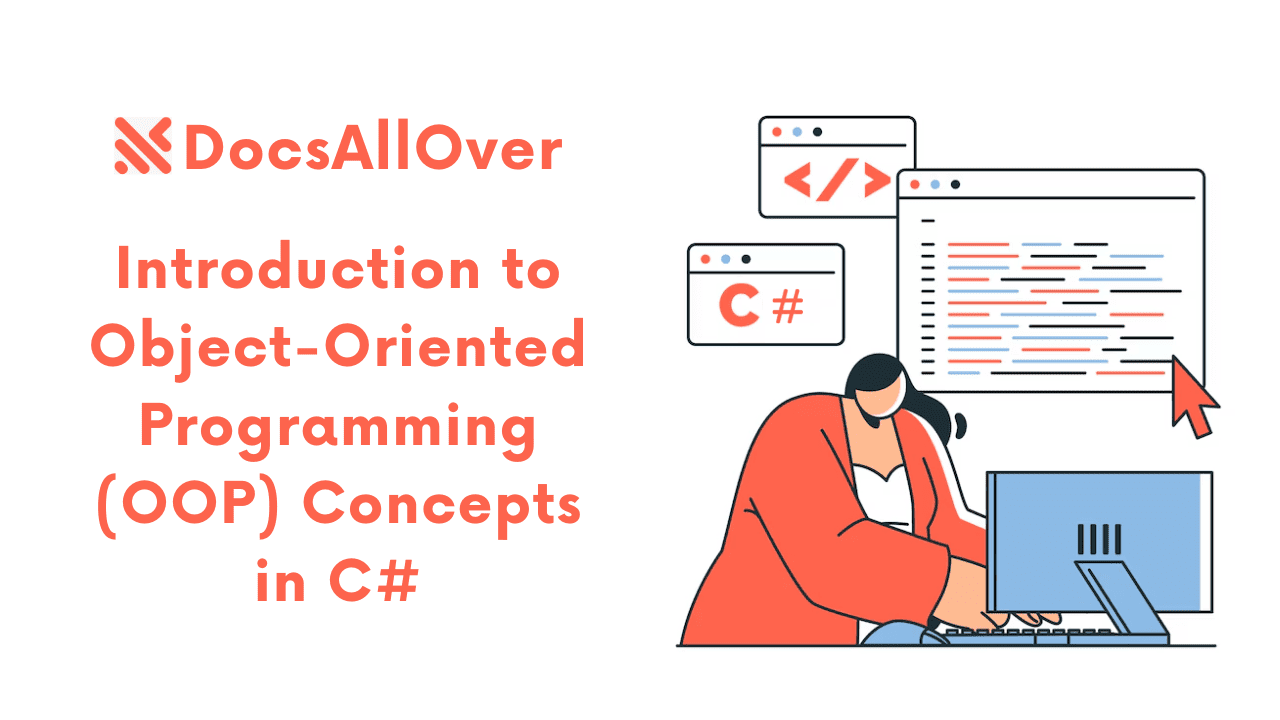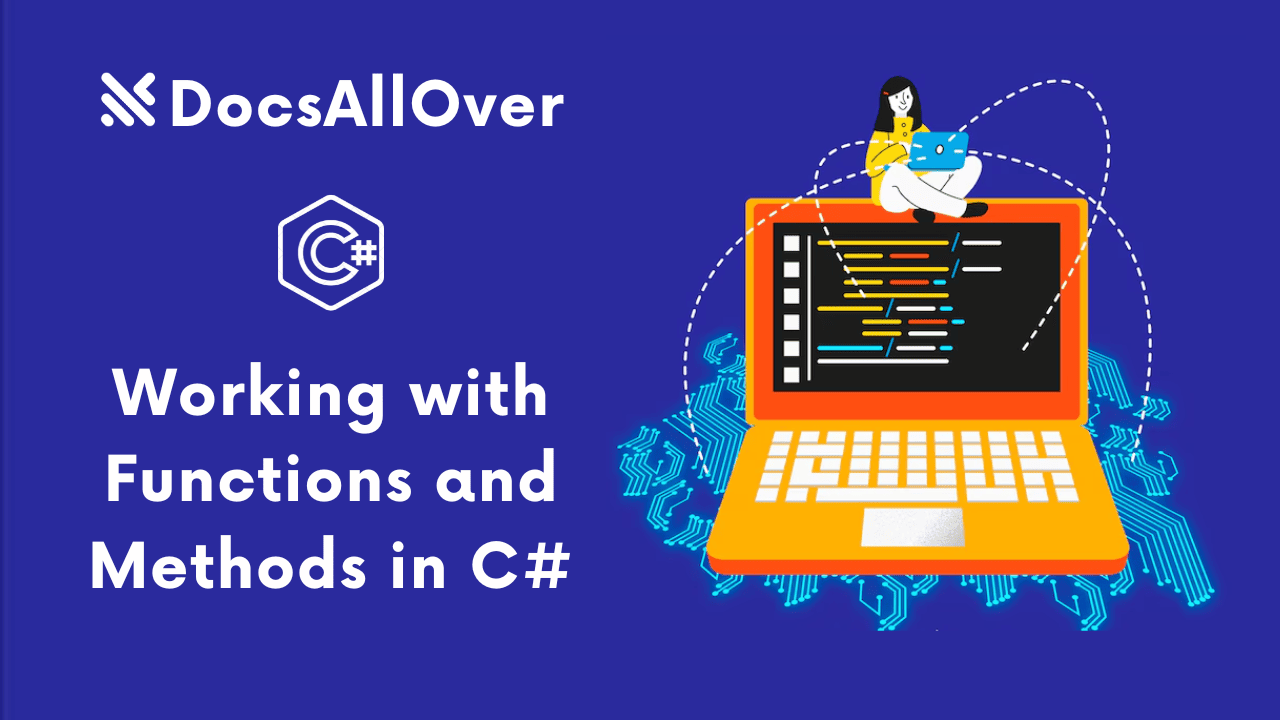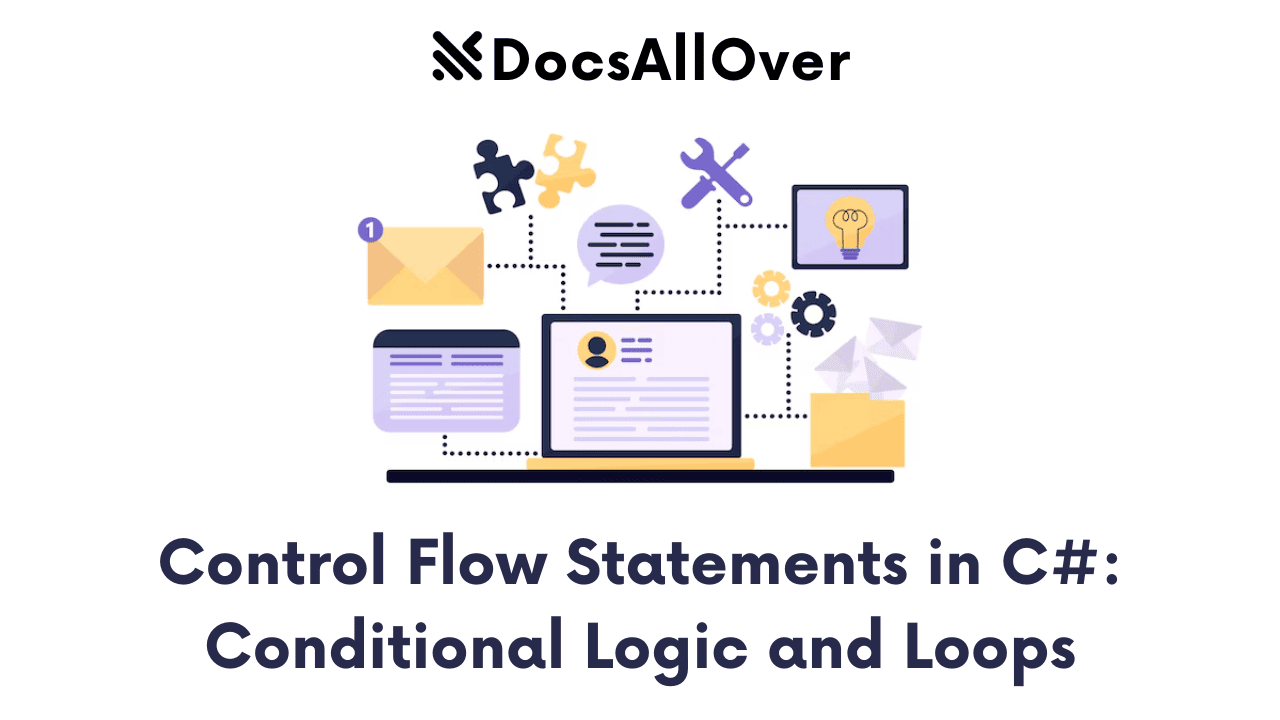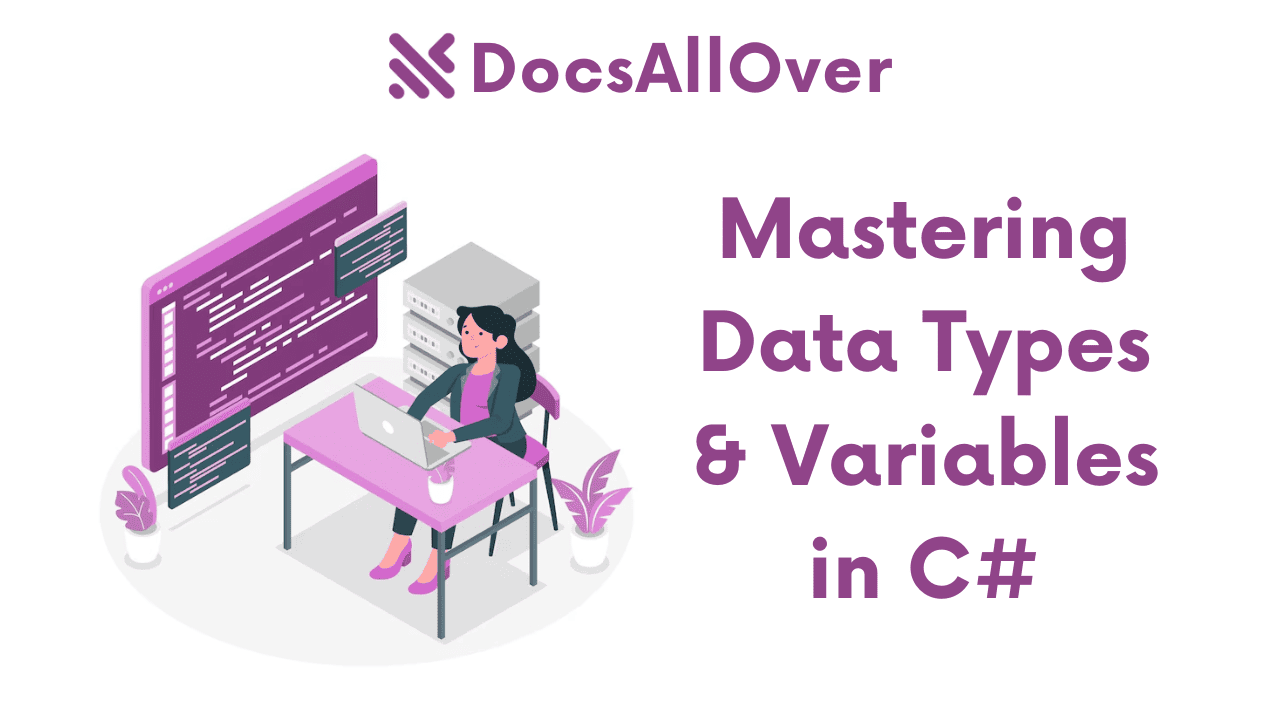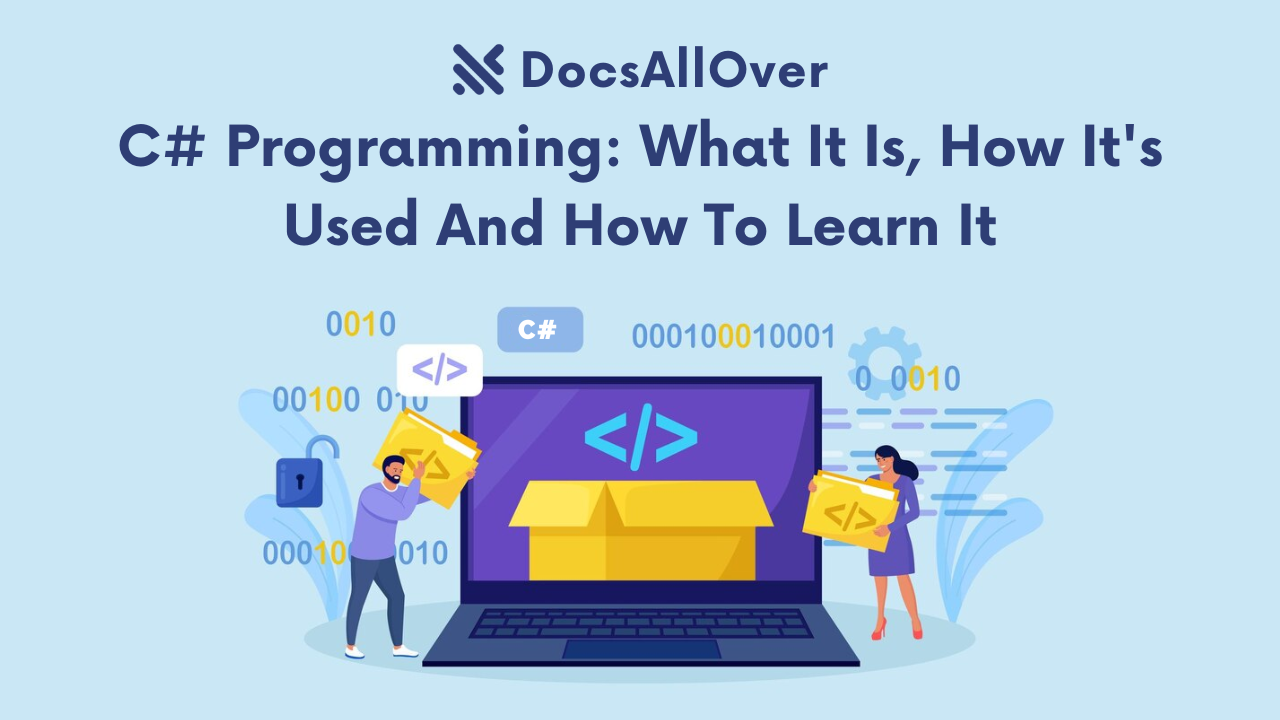Multithreading and Asynchronous Programming in C#
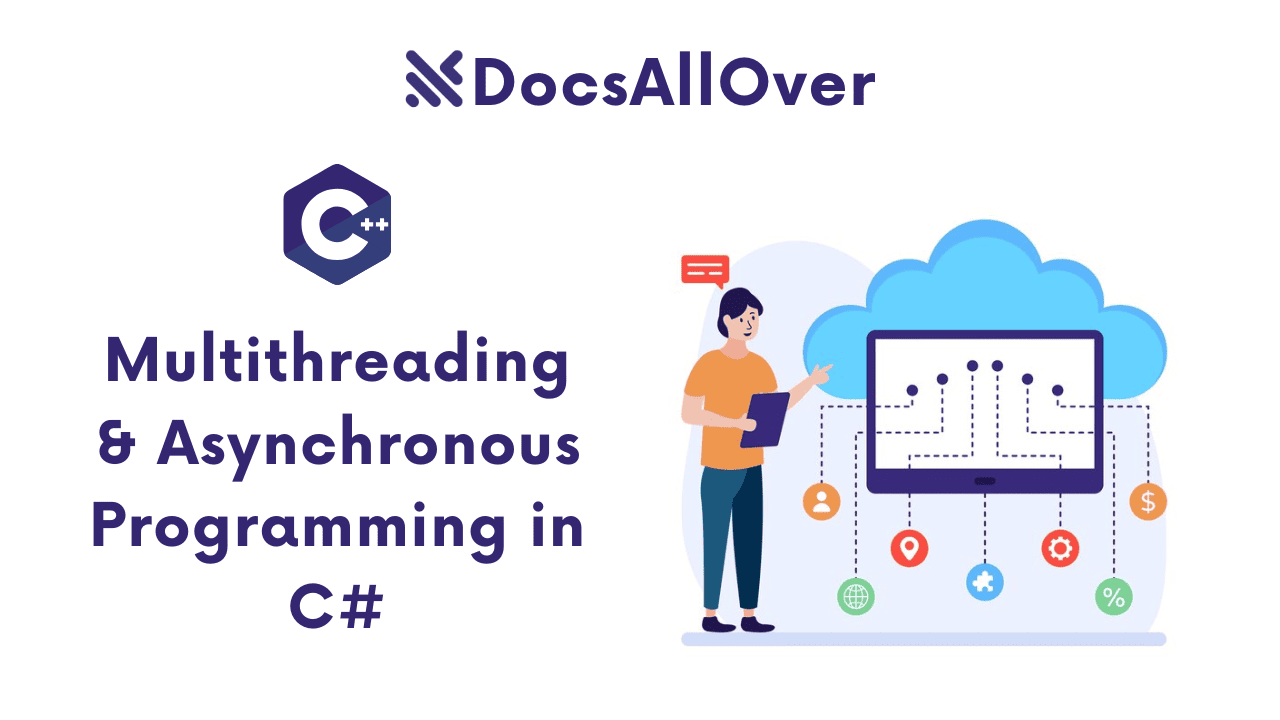
Building modern applications requires more than just functionality; they must be responsive and scalable. Imagine a desktop application that freezes when a user clicks "Save" because it's waiting for a large file to be written to a disk. Or a web server that becomes unresponsive while processing a long-running database query. In both scenarios, the application is blocked, unable to handle other tasks or user interactions, leading to a frustrating experience.
C# provides two powerful paradigms to solve this: multithreading and asynchronous programming. While both are used to handle multiple operations, they do so in fundamentally different ways. Multithreading allows you to run tasks in parallel on separate threads, while asynchronous programming enables non-blocking operations, freeing up a thread to do other work while it waits for a result.
The goal of this post is to break down these core concepts and techniques. We'll explore traditional multithreading, the modern async/await pattern, and the Task Parallel Library (TPL) to help you build C# applications that are both highly performant and responsive.
Core Concepts: Concurrency vs. Parallelism & Processes vs. Threads:
Understanding multithreading starts with two fundamental concepts: processes and threads.
Processes vs. Threads
A process is an independent instance of a running program. When you launch an application, like a web browser or a text editor, you are starting a new process. Each process has its own dedicated memory space and resources. A thread, on the other hand, is the smallest unit of execution within a process. A single process can contain multiple threads that share the same memory and resources. This shared memory allows threads to communicate and share data much more efficiently than separate processes.
Concurrency vs. Parallelism
These two terms are often used interchangeably, but they have distinct meanings:
Concurrency is about handling multiple tasks at the same time. This is often achieved by quickly switching between tasks on a single processor, a technique called context switching. The tasks are not running simultaneously, but the rapid switching gives the illusion that they are all making progress at once. Think of a chef cooking multiple dishes: they might chop vegetables for one dish, then quickly stir a sauce for another, and then return to the first dish.
Parallelism is about executing multiple tasks at the same time. This requires multiple processors or CPU cores. Each task is run on a separate core, allowing for true simultaneous execution. Using the same analogy, this would be a team of chefs, where each chef is preparing a different dish at the exact same time. Parallelism is a subset of concurrency and is only possible in a multi-core environment.
Traditional Multithreading in C#
While powerful, traditional multithreading in C# is a low-level approach that has been largely replaced by modern alternatives. It's important to understand it, though, as it forms the basis of all concurrent execution.
The Thread Class
The most direct way to create a thread is by using the System.Threading.Thread class. You instantiate a new Thread object, passing it a method to execute. You then call the Start() method to begin execution on a new thread.
This manual approach is simple for basic examples, but it has significant drawbacks. Manually managing threads is complex, resource-intensive, and can lead to serious problems. For instance, creating and destroying a thread is an expensive operation. This can degrade performance if you have many short-lived tasks. Furthermore, when multiple threads try to access a shared resource at the same time, it can lead to synchronization issues like deadlocks, where two threads are perpetually waiting for each other to release a resource.
The ThreadPool
To address the limitations of the Thread class, the ThreadPool was introduced. The ThreadPool is a managed collection of worker threads that are reused to execute tasks. Instead of creating a new thread for every task, you queue your work, and a thread from the pool will pick it up and execute it.
This approach offers significant advantages:
- Efficiency: It eliminates the overhead of creating a new thread for each task. The pool reuses threads, making it far more efficient for short-lived background operations.
- Scalability: The
ThreadPoolautomatically manages the number of threads, scaling up or down as needed to prevent the system from becoming overloaded.
The ThreadPool is a much better alternative to manually creating Thread objects, but even it has been superseded by more modern and easier-to-use APIs for common concurrency patterns.
Modern Asynchronous Programming with async and await
Synchronous code runs one line at a time, in sequence. This becomes a problem when a line of code is a long-running operation, like downloading a large file or querying a database. When this happens on the main thread—the one responsible for a user interface (UI) or handling requests—the application becomes blocked and completely unresponsive. The UI freezes, and no new requests can be processed.
Introducing async and await
Asynchronous programming is a non-blocking model that’s perfect for I/O-bound operations—tasks that spend most of their time waiting for a resource. The core of this model in C# is the async and await keywords.
- The
asynckeyword is a modifier you apply to a method to tell the compiler that the method is asynchronous. It signals that this method may containawaitexpressions. - The
awaitkeyword is where the magic happens. When the program encountersawait, it pauses execution of the current method and returns control to the calling method. The thread is then freed up to do other work, such as processing user input or another request. When the awaited operation is complete, the original method resumes where it left off.
The async and await keywords work together to make writing non-blocking code feel as simple as writing synchronous code, hiding the complex, underlying plumbing.
The Role of Task
The central building block of this asynchronous model is the Task class. A Task is an object that represents an asynchronous operation.
- A
Taskrepresents an operation that does not return a value. - A
Task<T>represents an operation that will eventually return a value of type T.
When you await a method, you are typically awaiting a Task or Task<T>. The Task object is what the method returns, and it's what the await keyword uses to know when to resume execution. This powerful combination of async, await, and Task allows C# developers to build highly responsive and efficient applications with a clean, readable syntax.
The Task Parallel Library (TPL)
The Task Parallel Library (TPL) is a powerful, higher-level API in .NET that simplifies the process of adding parallelism and concurrency to your applications. It abstracts away the complexities of low-level threading, providing a more efficient and robust way to manage tasks and scale your code. The TPL is designed to automatically manage a pool of worker threads, so you don't have to.
Parallel Loops
For tasks that involve iterating over large collections or performing the same operation many times, the TPL offers simple parallel loops that distribute the work across multiple threads.
Parallel.Foris a parallel equivalent of the standardforloop.Parallel.ForEachis the parallel equivalent of theforeachloop.
These methods automatically partition the work and assign chunks to available threads in the ThreadPool, significantly speeding up CPU-bound operations like complex mathematical calculations or intensive data processing. Using them is far more efficient than writing a manual for loop that creates a new thread for each iteration.
Creating Individual Tasks
For individual, CPU-bound tasks that need to run in the background, the TPL provides the Task.Run() method. This is the modern, preferred way to execute a CPU-bound operation on a ThreadPool thread.
Task.Run() takes an action or a function as its argument and returns a Task that represents the operation. This allows you to run the task asynchronously without blocking the calling thread.
The TPL provides a clean and efficient way to handle concurrency, which is a significant improvement over traditional threading and the more specific async/await for I/O operations.
Choosing the Right Approach: A Comparison When to use async/await
Choosing the right concurrency approach in C# depends on the nature of your task. It’s crucial to distinguish between I/O-bound and CPU-bound operations to make the best choice for performance and responsiveness.
When to Use async/await
Use async/await for I/O-bound operations. These are tasks that spend most of their time waiting for an external resource to respond, such as a database query, a web service call, or a file read/write. The key benefit of async/await is that it frees the thread to perform other work while the I/O operation is in progress. This is why it’s the standard for building responsive user interfaces and scalable web servers.
When to Use TPL
Use the Task Parallel Library (TPL) for CPU-bound operations. These tasks involve intensive computation that fully utilizes the CPU, such as complex mathematical calculations, image processing, or data compression. The TPL's Parallel.For and Parallel.ForEach methods are designed to distribute this work efficiently across multiple CPU cores, allowing for true parallelism and a significant performance boost.
When to Use Thread
You should almost never use the System.Threading.Thread class directly in modern C# code. The manual management of threads is complex, resource-intensive, and prone to difficult-to-debug issues like deadlocks and race conditions. The async/await pattern and the TPL provide safer, more efficient, and easier-to-use alternatives that abstract away these complexities.
| Approach | Ideal Use Case | Type of Operation | Ease of Use | Common Scenarios |
|---|---|---|---|---|
| async/await | Building responsive applications | I/O-bound (e.g., waiting for a web request) | High | UI applications, Web servers, Database calls |
| TPL | Utilizing multiple CPU cores | CPU-bound (e.g., intensive calculations) | High | Parallel loops, Batch processing, Data crunching |
| Thread | Low-level control (rarely needed) | Both | Low | Legacy code, very specific edge cases |
Best Practices and Common Pitfalls Deadlocks
When writing concurrent code in C#, it's easy to introduce subtle bugs that can be difficult to diagnose. Following best practices can help you avoid common pitfalls and write more robust applications.
Deadlocks and How to Avoid Them
A deadlock is a situation where two or more threads are blocked forever, each waiting for the other to release a resource. This is a common and severe problem in concurrent programming. A classic example in C# occurs when you mix synchronous and asynchronous code by blocking on an async method.
For example, calling .Wait() or .Result on a Task from a synchronous method can cause a deadlock. This happens because the synchronous thread is blocked, but it's also the thread needed to complete the Task. The Task can't finish, and the synchronous method can't proceed, leading to a standstill.
The primary rule to avoid deadlocks is: do not block on asynchronous code. If you have an async method, all of its callers should also be async. The "all the way down" principle ensures a non-blocking chain of calls that prevents deadlocks.
Graceful Cancellation with CancellationToken
Long-running tasks, whether they're CPU-bound or I/O-bound, should always be cancellable. A CancellationToken is a powerful tool for this. It allows you to signal a task that a request for cancellation has been made, giving it the opportunity to shut down gracefully.
You create a CancellationTokenSource, which provides a Token. You pass this Token to your long-running method. The method can periodically check if the Token's IsCancellationRequested property is true and throw a OperationCanceledException if it is.
A common way to initiate cancellation is to call cts.Cancel().
Exception Handling in Async/Await
Exception handling with async and await works similarly to synchronous code, using a try/catch block. However, there's a key difference: an unhandled exception in a Task is not immediately thrown on the main thread. Instead, it's stored within the Task object. The exception is only re-thrown when the Task is awaited.
If you have a Task that is never awaited, an unhandled exception will be silently swallowed. This can make debugging difficult. Always await a Task to ensure any exceptions are propagated and handled correctly. For fire-and-forget scenarios, you can use a top-level try/catch block to handle any unawaited exceptions.
We've explored the essential building blocks for creating high-performance C# applications. We started with the fundamentals of concurrency and parallelism, differentiating between threads (the core units of execution) and processes. We then moved from the complexities of traditional multithreading with the Thread class to the more efficient ThreadPool.
Next, we delved into the modern era of C# concurrency with asynchronous programming and the async/await keywords, a powerful pattern for handling I/O-bound operations without blocking. We also covered the Task Parallel Library (TPL), which simplifies CPU-bound tasks with parallel loops and Task.Run(). Finally, we reviewed key best practices to avoid common pitfalls like deadlocks and handle cancellation and exceptions gracefully.
